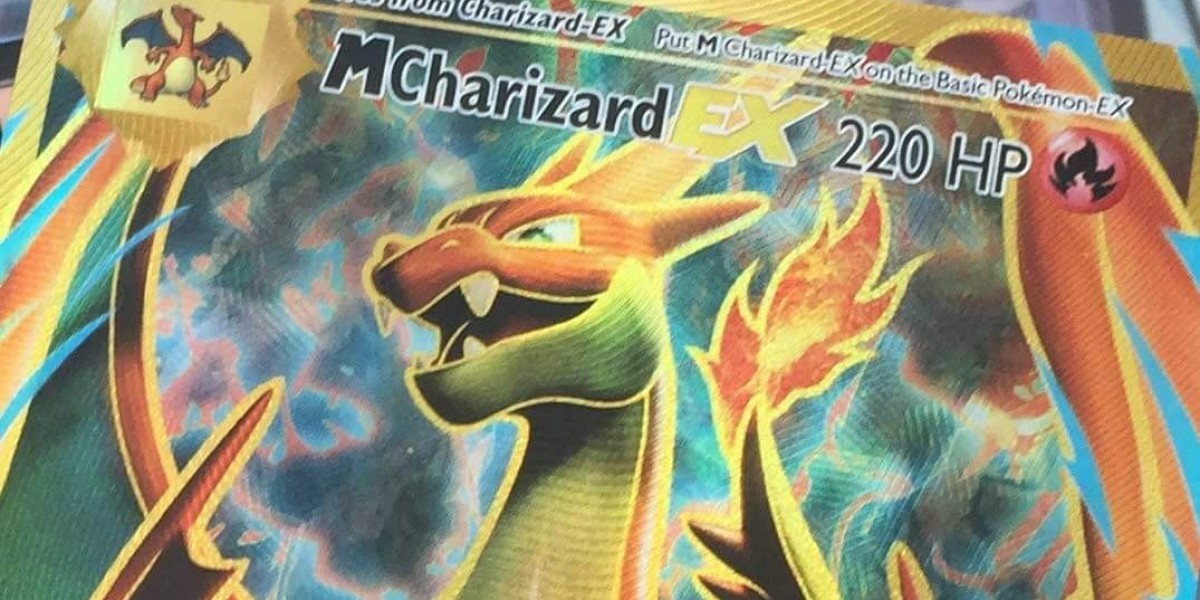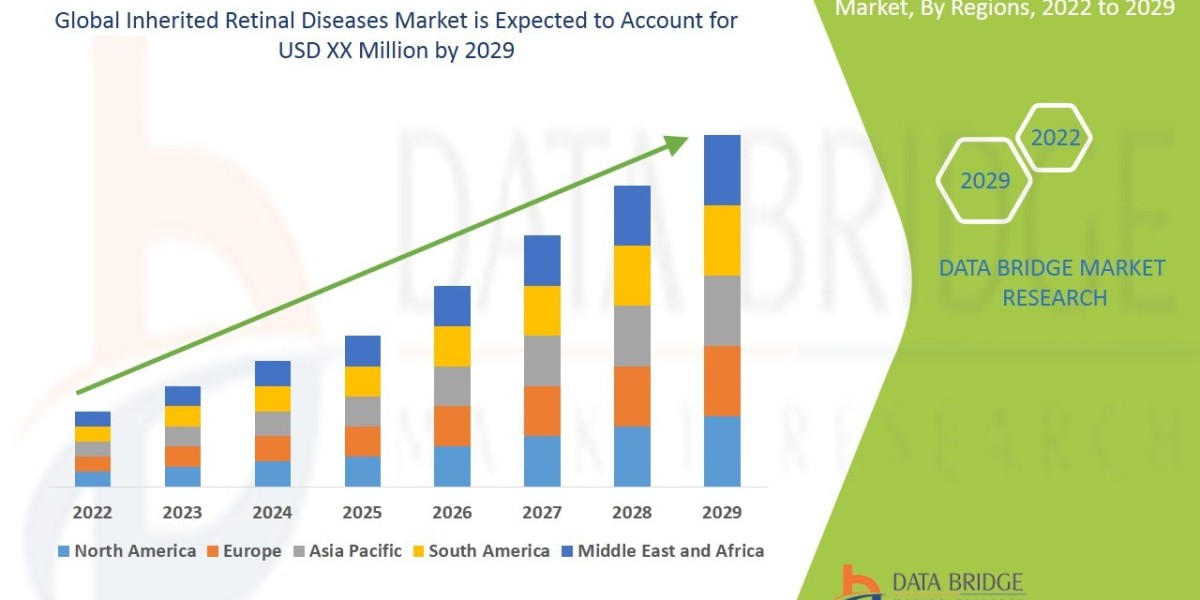Pokemon cards are collectible cards that feature the characters and creatures from the Pokemon franchise, a media phenomenon that spans video games, anime, manga, movies, and merchandise. Pokemon cards are popular among fans of the franchise, as well as collectors and investors who seek to obtain rare and valuable cards. Pokemon card prices vary depending on factors such as rarity, condition, demand, and supply. In this article, we will know the basics of Pokemon card prices, how they are determined, and how they have changed over time.
Pokemon Card Prices: Factors
One of the main factors that affect Pokemon card prices is rarity. Rarity refers to how difficult it is to find a certain card in a pack or a set. Generally, the rarer a card is, its price will be higher. Symbols on the bottom right corner of the card, such as circles, diamonds, stars, or letters, indicate rarity. The rarity symbols are:
Circle: Common
Diamond: Uncommon
Star: Rare
Star Holo: Rare Holographic
Star U: Ultra Rare
Star UR: Ultra Rare Full Art
Star SR: Secret Rare
Some cards have no rarity symbols, such as promo or error cards. These cards may have different values depending on their availability and desirability.
Condition
Another factor that affects Pokemon card prices is the condition. Condition refers to how well a card has been preserved and maintained over time. The condition of a card is determined by various criteria, such as:
Centering: How well the card is aligned and balanced on the front and back.
Corners: How sharp or rounded the corners of the card are.
Edges: How smooth or rough the edges of the card are.
Surface: How clean or dirty the surface of the card is.
Scratches: How many and how deep the scratches on the card are.
Creases: How many and how severe are the creases on the card are.
Stains: How many and how visible the stains on the card are.
Fading: How much the color of the card has faded over time.
The condition of a card can be graded by professional services, such as PSA (Professional Sports Authenticator), BGS (Beckett Grading Services), or CGC (Certified Guaranty Company).
Demand and Supply
Demand refers to how many people want to buy a certain card, while supply refers to how many copies of that card are available in the market. The demand and supply of a card can be influenced by various factors, such as:
Scarcity: How rare a certain card is in production or distribution.
Quality: How high or low the quality of a certain card is in design or printing.
Nostalgia: How much sentimental value a certain card has for older or newer generations of fans and collectors.
Hype: How much attention or publicity a certain card receives from media or social platforms.
Trends: How much a certain card follows or deviates from current market trends or preferences.
The demand and supply of a card can affect its price by creating either a surplus or a shortage.
Conclusion
A combination of factors, such as rarity, condition, demand, supply, and changes over time, determines Pokemon card prices. Pokemon card prices can vary widely depending on the type, quality, and availability of the card, as well as the buyers' and sellers' preferences and trends. Pokemon card prices can also change rapidly due to various events and developments in the Pokemon franchise and the trading card industry. Pokemon card prices reflect the value and significance of Pokemon cards as collectible items and cultural icons.







